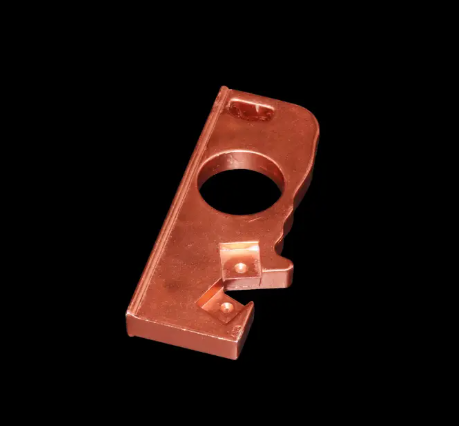In simple terms, a prototype is a functional template for checking the appearance or rationality of the structure by making one or more models according to the drawings without opening the mold.
1-CNC prototype production
CNC machining is currently the most widely used, and can process product samples with relatively high precision. CNC prototype has the advantages of good toughness, high tension and low cost. CNC prototype materials can be selected widely. The main application materials are ABS, PC, PMMA, PP, aluminum, copper, etc. Bakelite and aluminum alloy are commonly used in the production of fixtures and other products.
2-Re-mold (vacuum infusion)
The re-molding is to use the original template to make a silicone mold in a vacuum state, and pour it with PU material in a vacuum state, so as to clone a replica that is the same as the original, has higher temperature resistance and better strength and hardness than the original template . The vacuum re-molding can also change the material, such as changing the ABS material to a material with special requirements.
Vacuum re-molding can greatly reduce the cost, If several sets or dozens of sets are to be made, this method is suitable, and the cost is generally lower than that of CNC.
3-3D printing prototype
3D printing is a type of rapid prototyping technology, which is a technology that uses powder, linear plastic or liquid resin materials to construct objects by layer-by-layer printing.
Compared with the above two processes, the main advantages of 3D printing prototype are:
1) The production speed of prototype samples is fast
Generally speaking, the speed of using SLA process to print prototypes is 3 times that of CNC production of prototypes, so 3D printing is the first choice for small parts and small batches of prototypes.
2) The whole process of 3D printer is automatically processed, the prototype has high precision, the model error is small, and the minimum error can be controlled within ±0.05mm
3) There are many optional materials for the 3D printing prototype, which can print more than 30 materials, including stainless steel and aluminum alloys.
Post time: Jul-28-2022




